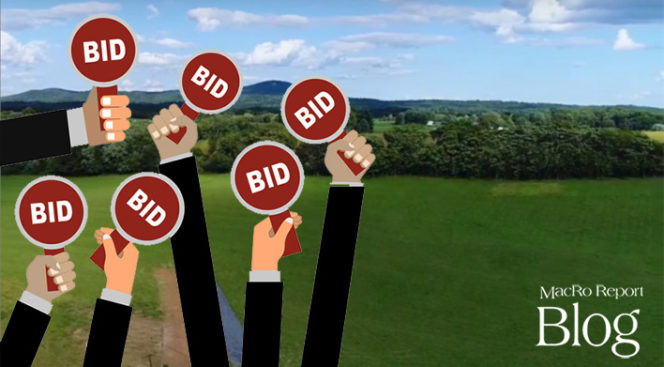The Hot Zone is the title of one of my favorite books. Published in 1994, this non-fiction thriller covers the origins and few terrifying outbreaks of deadly infectious viruses including Ebola and Marburg.
 It’s a fascinating story in itself, but the real hook for me were those portions of the story involving the key role of the US Army Medical Research Institute of Infectious Diseases (USAMRIID) at Fort Detrick. Several local places and a few local residents, including two that I’ve had the pleasure to meet, are a part of the story. As the world battles the COVID-19 virus, we should all be grateful for the work done at USAMRIID, the National Institute of Health, the Centers for Disease Control and other institutions that are instrumental in protecting all of us from deadly infectious diseases.
It’s a fascinating story in itself, but the real hook for me were those portions of the story involving the key role of the US Army Medical Research Institute of Infectious Diseases (USAMRIID) at Fort Detrick. Several local places and a few local residents, including two that I’ve had the pleasure to meet, are a part of the story. As the world battles the COVID-19 virus, we should all be grateful for the work done at USAMRIID, the National Institute of Health, the Centers for Disease Control and other institutions that are instrumental in protecting all of us from deadly infectious diseases.
The hot zone also describes the state of the residential and land market in mid Maryland. When COVID-19 reared its ugly head early in 2020, most of us in the industry expected the real estate market to slow significantly, or worse. A large portion of the population is suffering greatly due to the pandemic and/or the economic shutdowns imposed in an attempt to contain the pathogen. One of the federal government’s responses to help avert economic catastrophe has been to keep interest rates low. While old timers like myself (who remember the late 1970’s and early 1980’s) think interest rates have been low over the past 25 years; current rates are truly at historically low levels. Consequently, that portion of the population that still has stable income and can afford to purchase real estate are benefiting from what appears to be a “once in a lifetime” opportunity to lock-in extremely low interest rates. Couple low interest rates with what was a strong economy for several pre-COVID years, pent up demand from millennials who were previously more inclined to rent than buy, and a few other factors and BOOM – the market is super-heated.
Multiple offers within a few days of listing, price escalation clauses, and extremely tight inventory are a few characteristics of the 2020 residential market. These characteristics have spilled over into the market for building lots and land. It was only a few years ago that land brokers were bemoaning low demand, a huge inventory, and stagnant (or falling) prices. My, how quickly things have changed. From 2008 to about 2015, there were generally over 400 available lots and parcels of land located in Frederick County listed for sale in the multiple listing service (now known as “BRIGHT”). Currently, the number of available land listings in BRIGHT is less than 150 as inventory has ‘burned off’. In 2019, there were 132 land sales reported in BRIGHT, and 106 sales have been reported to date in 2020. Inventory is extremely tight and it’s a Seller’s market. As an allegory, I recently listed a large parcel of raw land which had development potential, but no current approvals. Within 3 days of listing the property, four offers were received; two offers were at prices exceeding the listing price and one offer had zero contingencies.
In my 30+ years in real estate, the current market ranks right up there as one of the hottest. Of course, the most recent hot market, which peaked in 2007 turned out to be a bubble, which popped. A key difference between current conditions and those between 2004 and 2007 is that prices are rising much more moderately. Buyers and lenders are more cautious, and market fundamentals aren’t out of whack. For example, in 2007 just about anyone could get a real estate loan (“no income-no problem”) whereas the underwriting process is much stricter today.
It’s anyone’s guess how long we’ll remain in this real estate Hot Zone. Please contact me if you have any questions about the current market or if I can assist you in any real estate matters. Stay safe!

Rocky: Good stuff, Thanks and I will spread it around with an attributation to you and Dave.